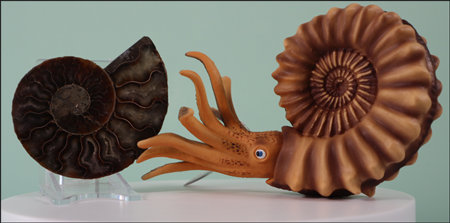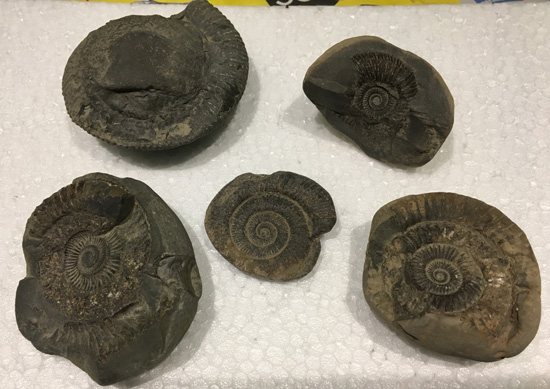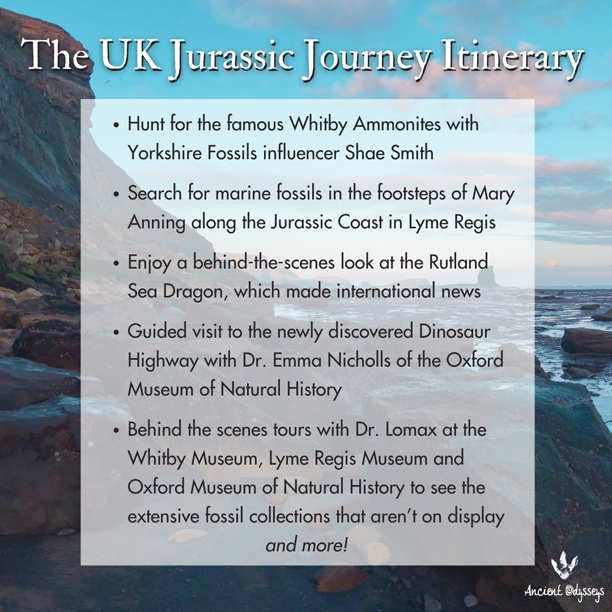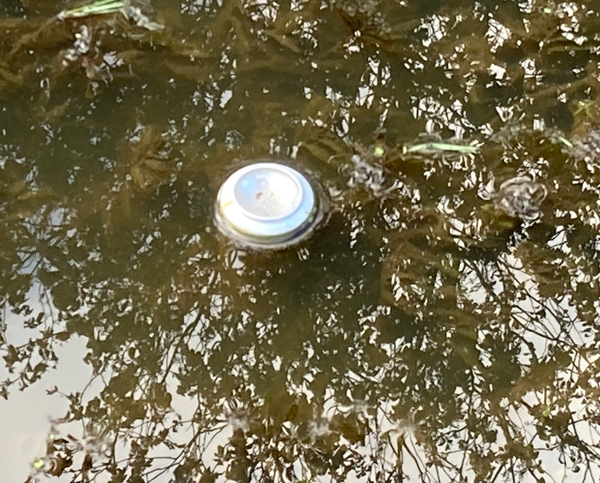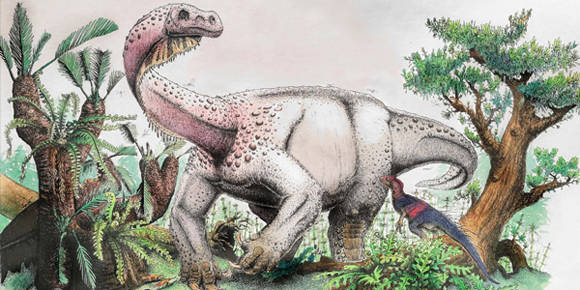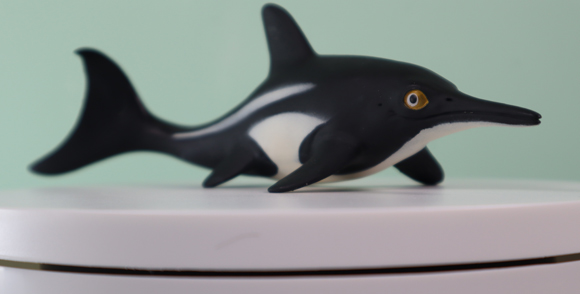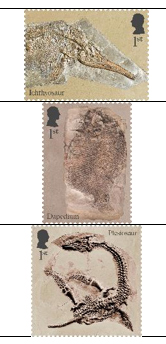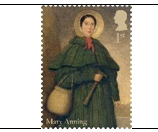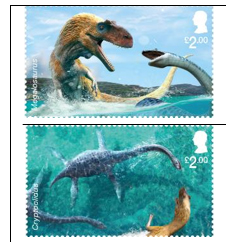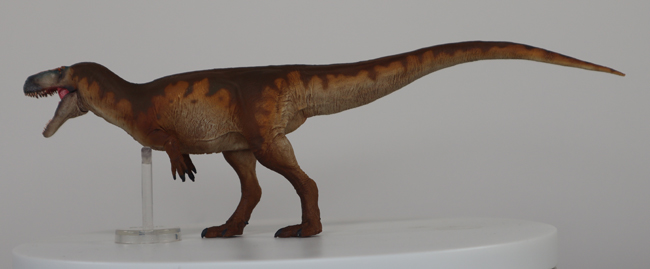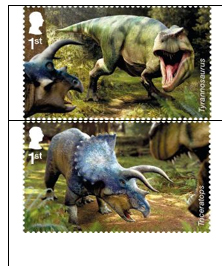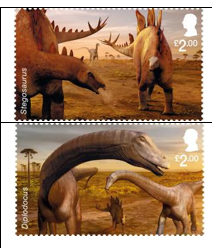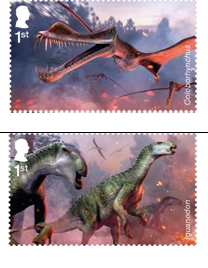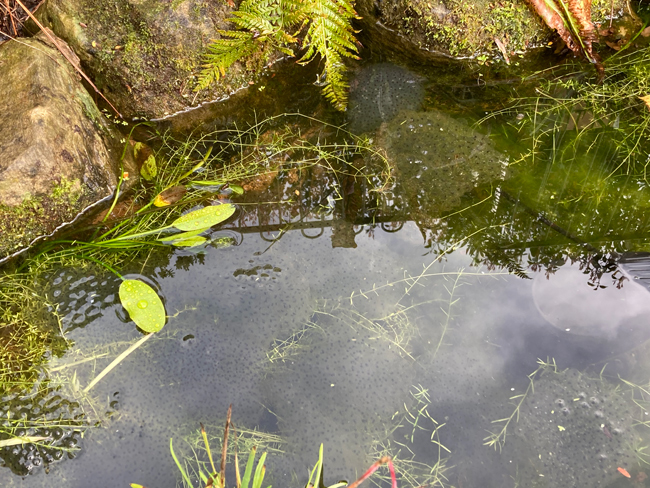Everything Dinosaur’s work with schools and other educational bodies. Articles, features and stories about dinosaurs and their role in education and educating young people.
Thank You for a Successful Lyme Regis Fossil Festival!
What a busy time Sue and I have had. As one of the main sponsors of the 2025 Lyme Regis Fossil Festival we spent the weekend in the picturesque Dorset town participating in this year’s event. Over the last few days, we have been busy catching up with all our correspondence. However, we want to say a very big thank you to everyone who helped make the Lyme Regis Fossil Festival such a huge success.
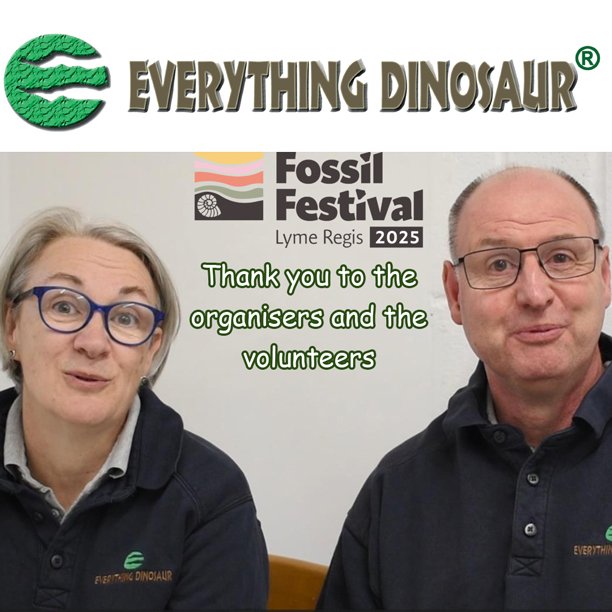
Mike and Sue from Everything Dinosaur thank the Lyme Regis Fossil Festival organisers and the amazing volunteers for helping to make the event such a huge success. Picture credit: Everything Dinosaur.
Picture credit: Everything Dinosaur
Thank You to All Involved in the Lyme Regis Fossil Festival
We would like to extend our heartfelt thanks to the organisers and volunteers who made this year’s festival such an incredible success. It was hard work. Sue and I never stopped, we were inundated with visitors to our stand. In addition, our presentation on Sunday morning was extremely popular. We could have filled the Driftwood Cafe twice over.
The weather was absolutely perfect, which set the stage for an unforgettable experience. We were thrilled to unveil our new T. rex dinosaur model, and the enthusiastic response from visitors truly overwhelmed us. In addition, our fellow sponsors and exhibitors were excited too.
To learn more about the new Everything Dinosaur Evolution brand: Learn More About Everything Dinosaur Evolution.
Our presentation on Sunday morning was another highlight. It was a great way to launch the Everything Dinosaur Evolution product range. After all, if you are going to change the way prehistoric animal models are made, Lyme Regis, with all its heritage is a wonderful location for a product launch.
The Hard Work and Dedication of Many People
Sue and I recognise that events like the Lyme Regis Fossil Festival do not happen without a lot of hard work. Thank you to the organisers for your meticulous planning and to the volunteers for your tireless support. Also, a special thank you to our fellow sponsors. Without financial assistance events such as this would not take place.
Thank you once more for making this event such a resounding success.
Visit the Everything Dinosaur website: Visit the Everything Dinosaur Website.



